I just bought a cloth and saw the thread is picking through the layers of fabric. That looks so interesting, sewing stitch. So, I again ran to Grandma and said to teach me how to pick stitch.
Grandma and said-

Pick Stitch
To pick a stitch, simply pull the yarn through the fabric with your needle to create a loop or knot, then repeat as needed.
Now, the process can vary depending on where you are doing pick stitch. But let’s try a common pick a stitch for practice.
At A Glance:
- Thread a size 10 needle with 50 weight thread or embroidery floss.
- Insert the needle through the folded fabric, avoiding the bottom layer.
- Secure the stitch by bringing the needle to the back and making a small knot.
Table of Contents
What Is Pick Stitch?
A pick stitch is a type of hand stitch commonly used in tailoring and sewing for both functional and decorative purposes.
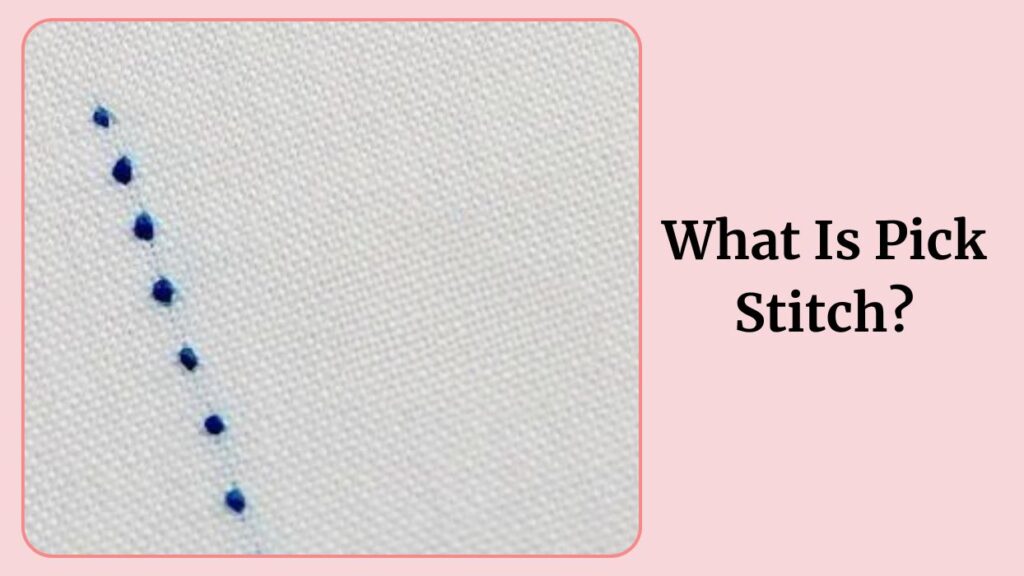
It has made small, evenly spaced stitches that are barely visible on the fabric’s surface.
I sometimes call it pickpork stitching, jokingly.

This kind of reminds me of slip stitch in hand sewing. But it is not. You will find out when you want to do it.
If I had to explain it some other way, then it would be,
Pick stitching is a basic running stitch that only catches a few threads of the fabric, offering a subtle yet strong way to secure the edges of a garment. That’s the true hand pick stitching. That’s where it differs from the prick stitch.
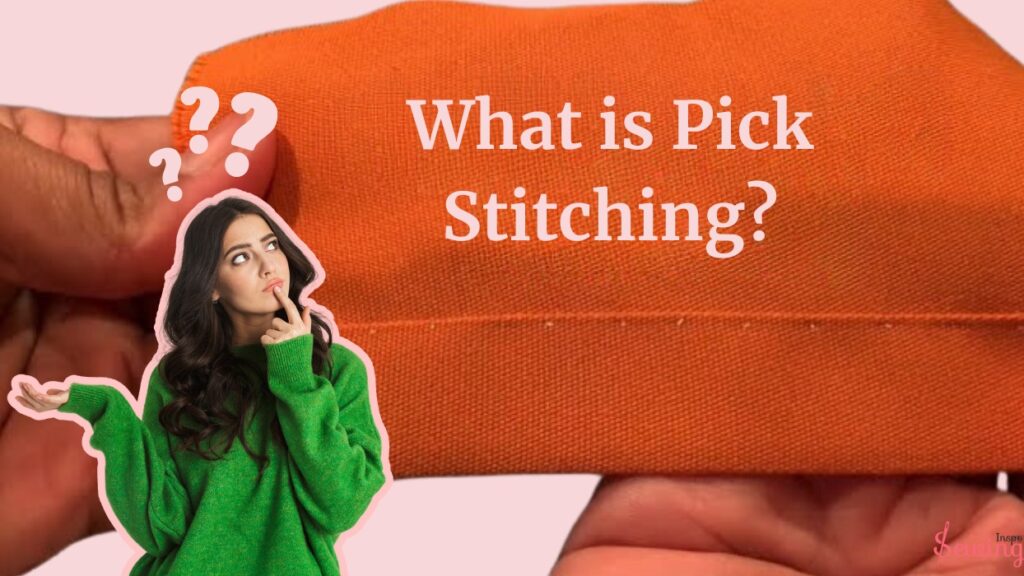
What Is The Pick Stitch Used For?
The pick stitch is used for a finishing touch that adds that extra flair to sewing and quilting projects. When sewing, it’s often used for decorative purposes, giving garments a polished, tailored look along the edges or seam allowances. This stitch is also used as an alternative to the tacking stitch.
Another fun fact is that pick stitch quilts are also very useful in quilting like sewing pick. They’re easy to use, too, so quilters love sewing pick stitch.

Can You Remove Pick Stitching?
Yes, you can remove the pick stitch. To remove pick stitching from a garment or sewing project, start by using a seam ripper or small, sharp scissors to carefully cut a few stitches at a time. Just cut the pick stitching, not fabric. This is kind of similar to tack in outfit meaning.
Work slowly and gently pull the threads out as you go, using tweezers if necessary for stubborn or small threads. Once all the pick stitch lapel has been removed, use a lint roller or a piece of tape to pick up any remaining thread fragments. Taking your time with this process will help preserve the integrity of the fabric and ensure a clean finish.
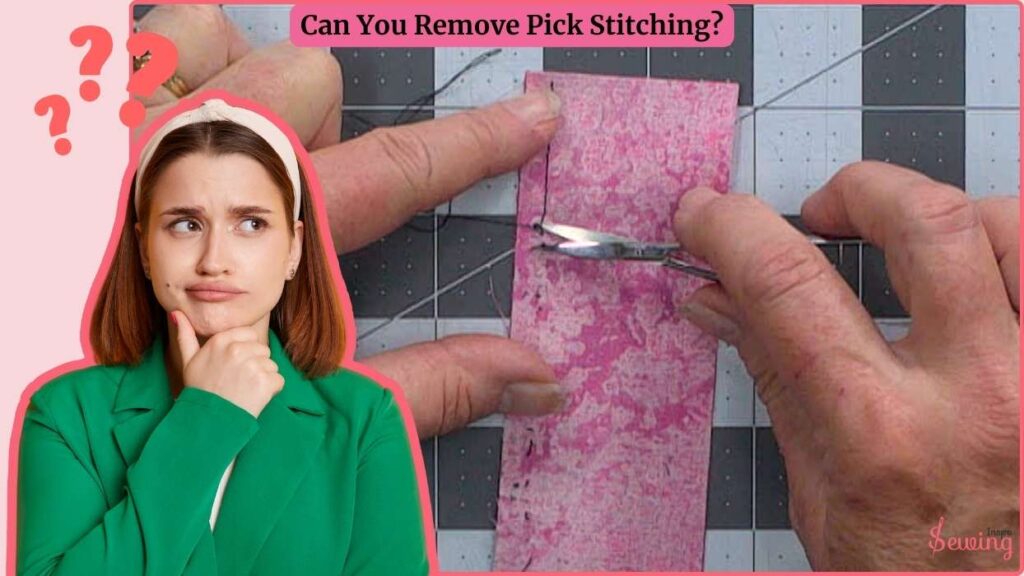
How To Pick Stitch?
To do pick stitch, you need to follow just 3 steps. Such as:
- Make The First Stitch Of Pick Stitch
- Continue to Pick Stitch
- Wrap Up Pick Stitch
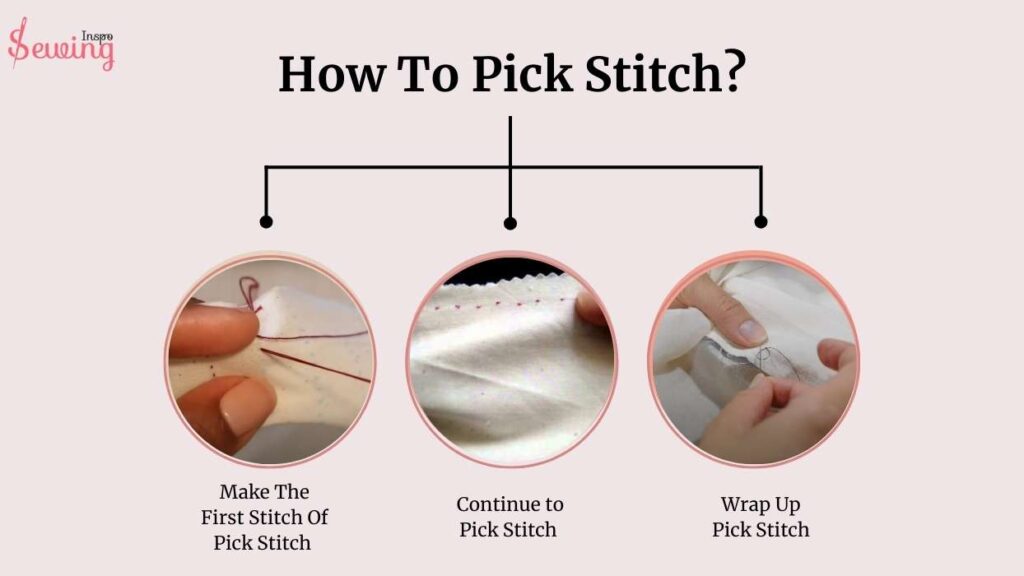
How Do You Start The First Pick Stitch In Sewing?
-To do pick stitch, fold the fabric edge or use a ¼ inch (6mm) double-sided fabric tape. That’s the perfect distance between pick and stitch.

Then thread your 10 size needle with 50 weight thread or embroidery floss. This is the perfect for sewing pick stitch.
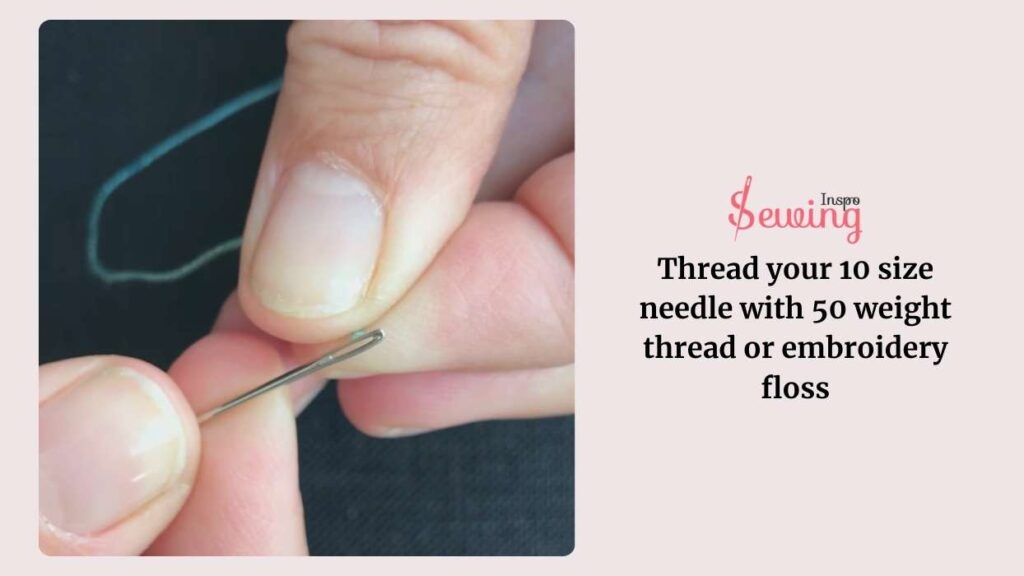
Insert the needle through the folded fabric, making sure you don’t catch the bottom layer. This hand stitch is kind of like an invisible stitch/back stitch.
Continue Pick Stitch
Next, insert the needle a little bit behind where the thread and couple of stitches came out, again being careful not to catch that bottom layer. Cause you are doing pick stitch not catch stitch.
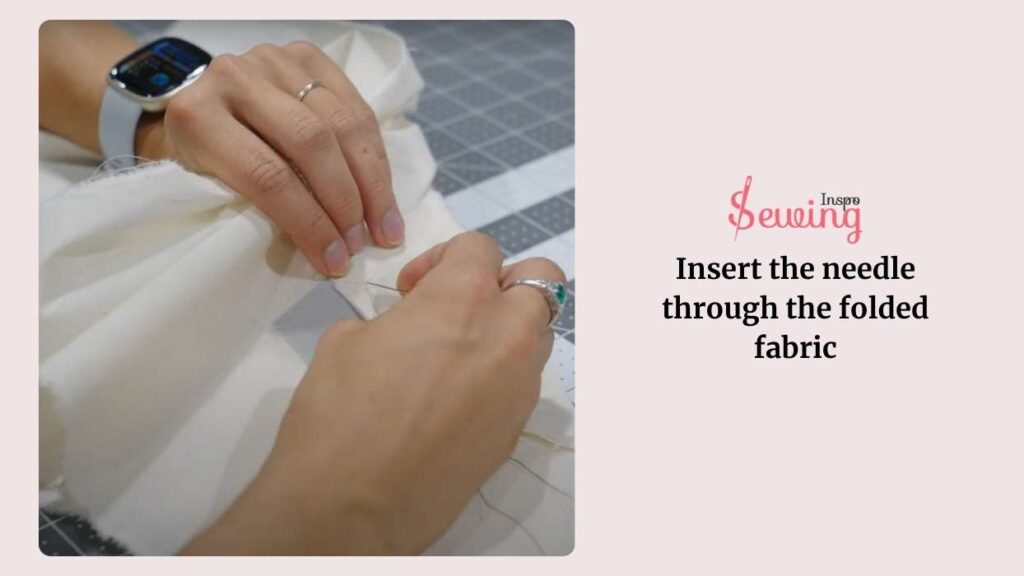
This is perfect for a buttonhole twist and invisible hand sewing stitches. That’s why it’s even used as a lapel stitch.
Then, bring the needle back out to the front of the fabric about 1/8 to 1/4 inch from where the thread first entered.
However, the ratio for the garter stitch depends on you. That’s the fan of pick stitching.
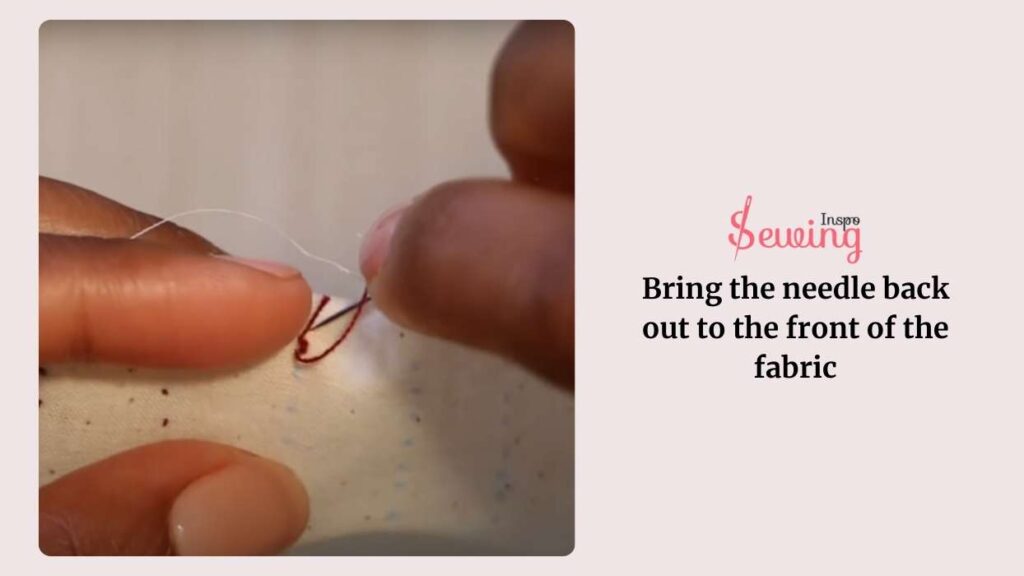
Wrap Up Pick Stitch
To finish a pick stitch, bring your needle to the back of the fabric after your stab stitch. Make a small, secure knot by threading the needle through a nearby stitch and pulling it tight.
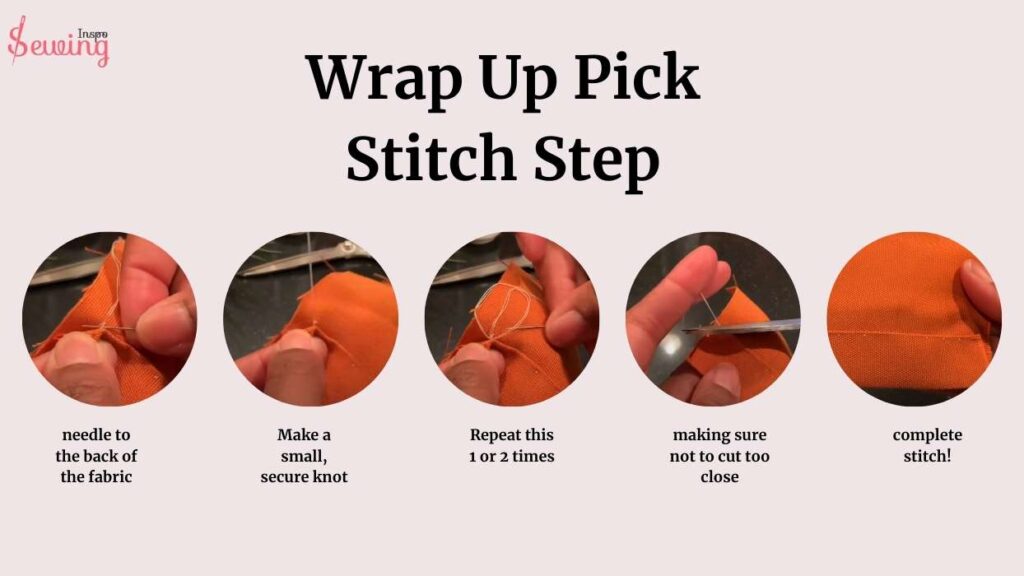
Repeat this 1 or 2 times to ensure it’s secure.
How many times should I stitch to end pick stitch grandma?
-well it’s totally up to you.
You can repeat the stitch up to 8 times to secure.
But I normally stitch 2 times to end it.

Then, trim any excess thread close to the knot, making sure not to cut too close to risk unraveling. And that’s it—you’ve complete stitch!
So, yes, that’s how to pick stitch, right?
Watch The Tutorial
Prick Stitch (pick stitch , invisible stitch)
Alternatives to Pick Stitch
Under stitching is the alternative to pad stitch. It’s a fantastic technique that keeps the facing from rolling up and makes your garment look sharp.
- Sew the Seam: Start by sewing your facing to the main fabric along the seam line. Think of areas like necklines or armholes.
- Trim and Clip: Next up, trim the seam allowance to reduce any bulk. If you’re working on curves (like necklines), don’t forget to clip into those edges so they’ll lie flat when you press them.
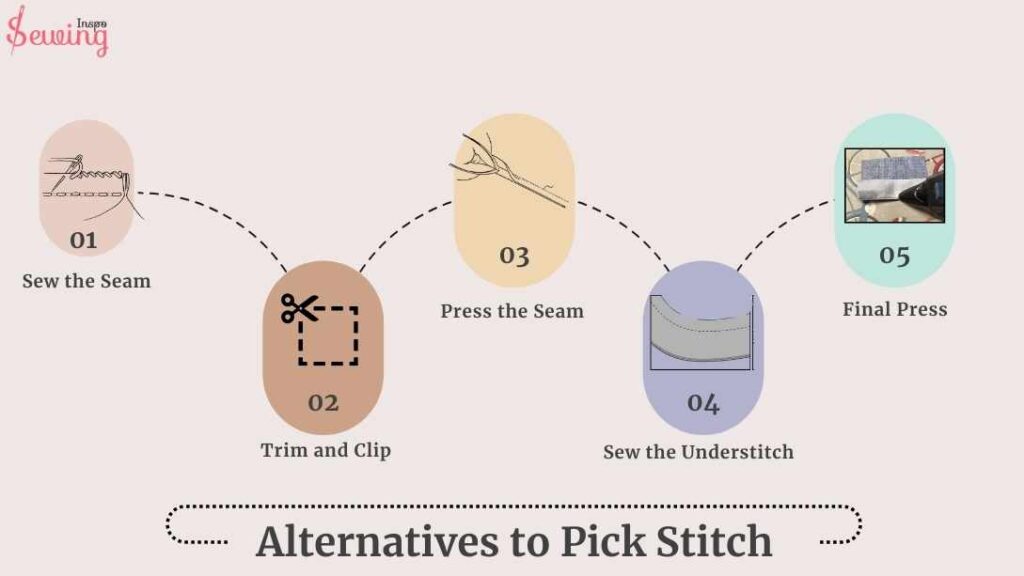
- Press the Seam: Give that seam a good press towards the facing. This is key because it helps the facing stay tucked in where it belongs.
- Sew the Understitch: Now, with the seam allowance pressed toward the facing, stitch about 1/8 inch (3mm) away from the seam line on the facing side. This catches the seam allowance and keeps it anchored.
- Final Press: After you’ve done the understitching, give everything another press to ensure the facing lies flat and looks neat.
How To Pick Stitch A Lapel?
To pick stitch a lapel, thread your needle and tie a knot at the end. Start by bringing the needle up from the back of the lapel, about 1/8 inch from the edge.
Now, insert the needle back down just a tiny bit forward, around 1/16 inch away. Bring the needle up again, about 1/8 inch from the last adjacent stitch, and repeat the process.You can apply tent stitch here.
Continue this tiny stitching along the edge of the lapel, keeping the spaced stitches even and close to the edge. This creates a neat, subtle line of start stitches that adds a polished, tailored look to your lapel. Remember to make sure your hand-worked stitches only catch the top layer of fabric and not the lining so the stitching stays invisible from the back.
When you reach the end, secure your thread with a small knot on the back of the fabric. To do this, pass the needle through a nearby stitch on the back and pull tight, repeating once or twice for security. Trim any excess thread, and you’re done! Now, your lapel has a clean, professional finish.
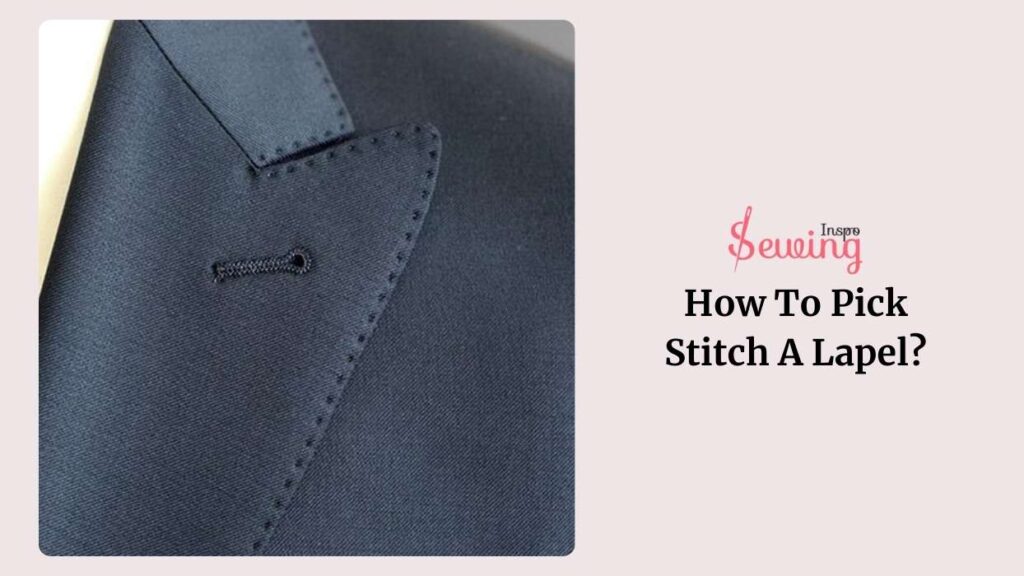
Pick Stitch Lapel
A pick stitch lapel refers to the small, subtle hand stitches used to attach the lapel of a jacket or coat to the rest of the garment, typically along the edges. Stitch pick on the lapel helps secure the fabric and gives the garment a polished, bespoke look.
That’s what is pick stitching in suits is about. If you are wondering. Don’t mix it up like people mix up edge stitch vs topstitch.

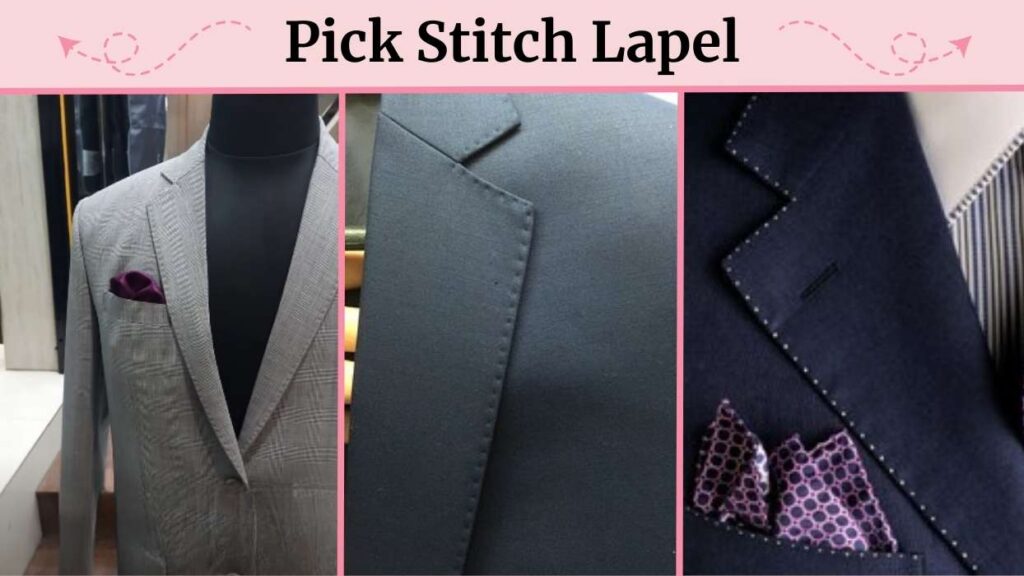
How To Pick Stitch A Quilt?
To pick stitch a quilt, gather a quilting needle, quilting thread, a thimble, and a hoop or frame to keep the quilt taut. Thread the needle and tie a knot at the end for this delicate stitch.

Start in the center of the quilt and bring the needle up from the back, then insert it back down a short distance away (about 1/8 to 1/4 inch). Continue stitching in a rocking motion, keeping the actual stitch even and checking both the front and back for consistency. To finish, make a small knot.
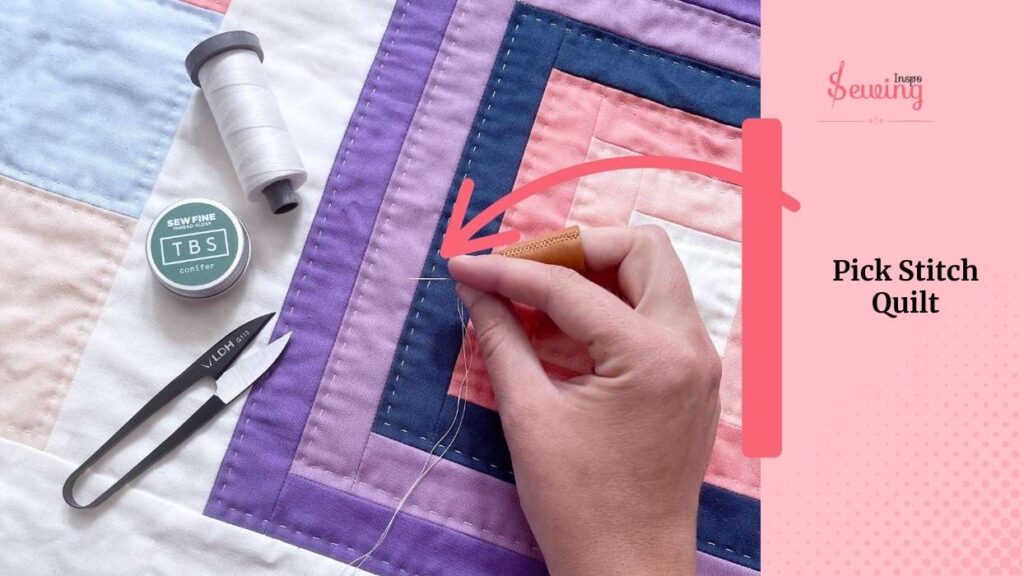
How To Pick Stitch A Blanket?
To pick and stitch a blanket, first, gather your supplies: a quilting needle, quilting thread, a thimble, and a hoop or frame to keep your blanket taut. Then, place your blanket in the hoop or frame to stabilize it. Start the hand-sewn stitch in the center and work your way outwards.
Thread your needle and tie a knot at the end for this decorative stitch. This creates your first stitch. Continue stitching evenly across the blanket, making sure your doubled-yarn stitch are small and consistent.
That’s not the strongest sewing stitch, so don’t expect much on it.
Use a rocking motion with the needle for efficiency. Periodically check the back to ensure your stitches are going through all layers. When you need to end your thread, make a small knot close to the fabric and bury it inside the quilt layers. Repeat until your blanket is fully quilted, adding a beautiful, hand-crafted touch to your creation.

That’s how it can replace blanket stitches pretty well.
How To Pick Stitches Up In Knitting?
To do pick stitch and use yarn to knit stitches along the edge. Insert the needle into the edge stitches, wrap the yarn around the needle, and pull it through. To join the new yarn, leave a 3-4 inch tail.

Wrap it around the needle for the first indispensible hand stitch, then use both ends for the second stitch. Drop the tail for the third stitch and continue with the working yarn. This keeps it neat. Always pick up the full edge stitch for a tidier join.
Frequently Asked Questions (FAQ’s)
What Is Pick Stitching On Suits?
Pick stitching on suits refers to a subtle, decorative detail often found along the edges of lapels, pockets, and seams. It’s created by handful of stitches with a single thread, usually in a contrasting color to the fabric, along these areas.
Conclusion
Thanks, Grandma, for teaching me how to pick stitch.
Do you know the pick stitch?
If yes, then share your chosen stitch embroidery in the comment below.

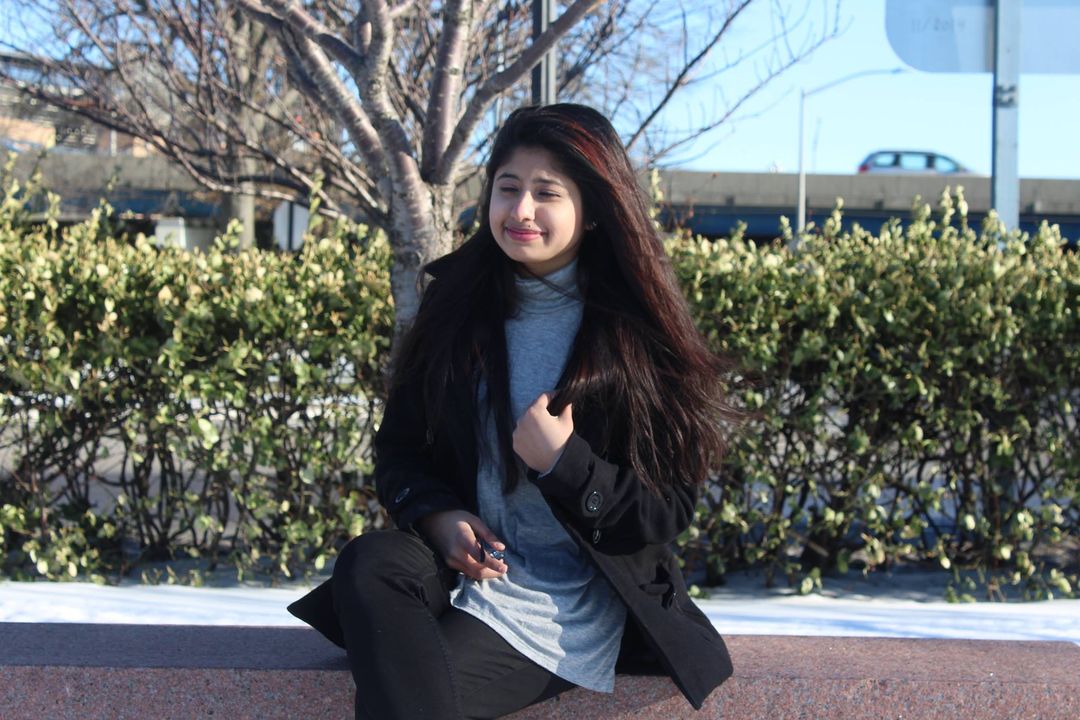
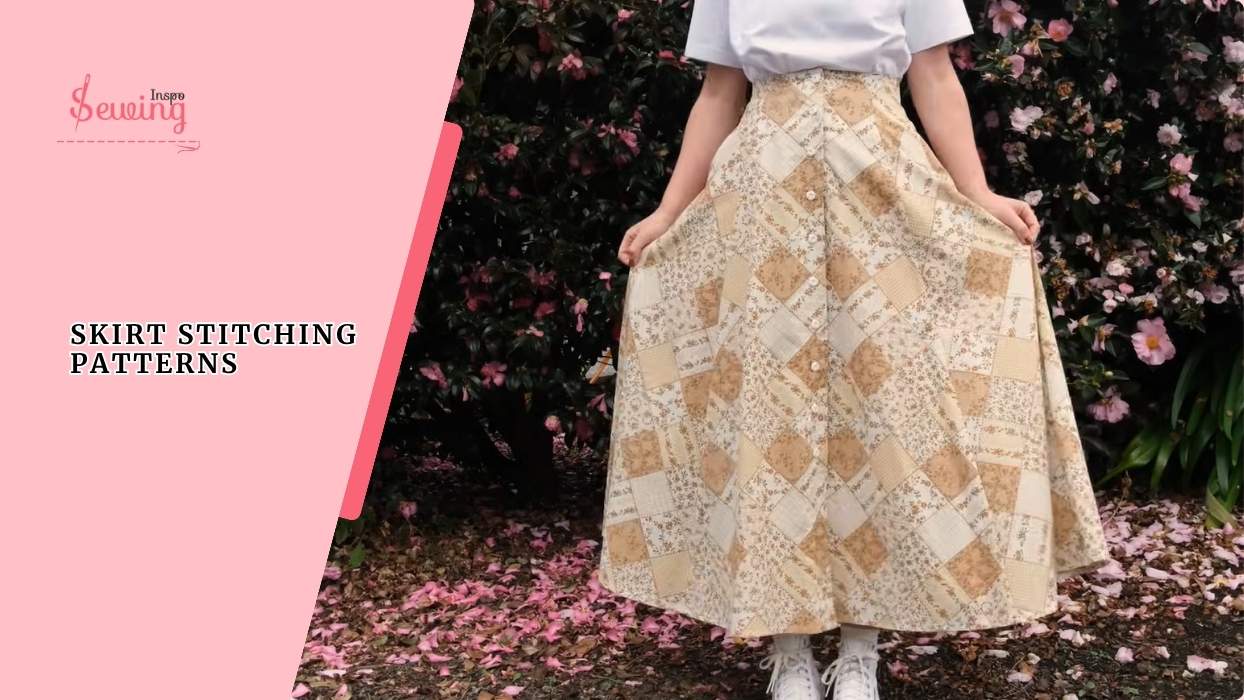
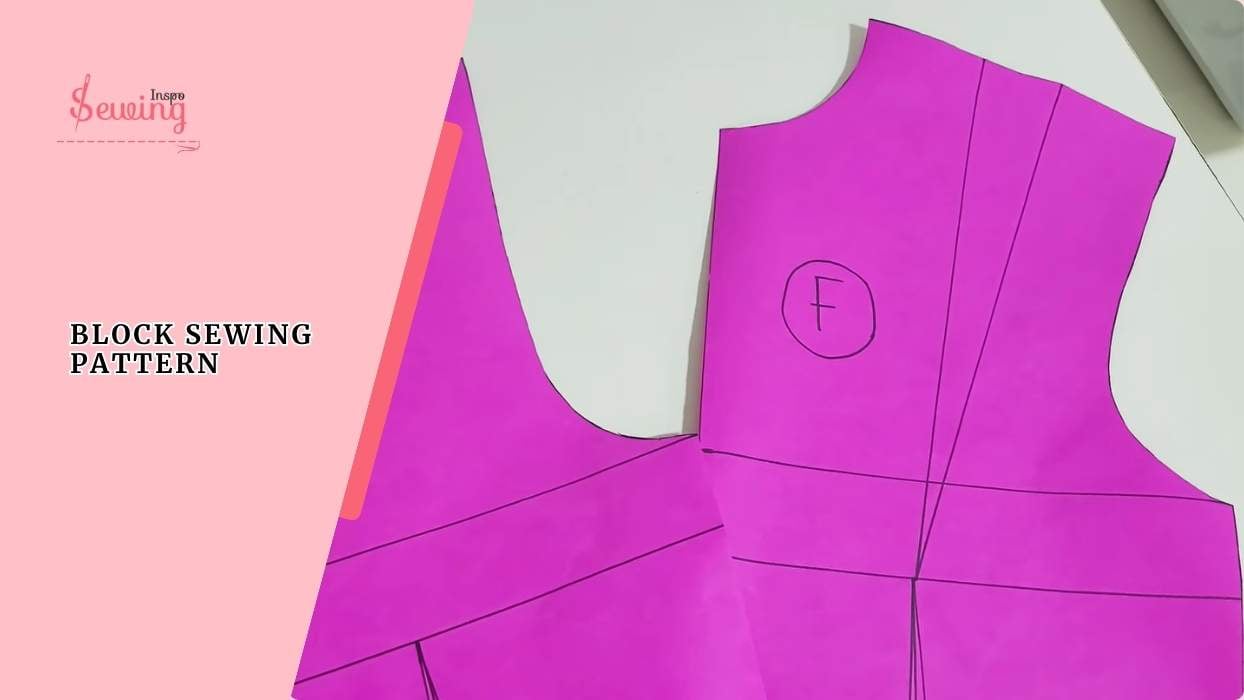
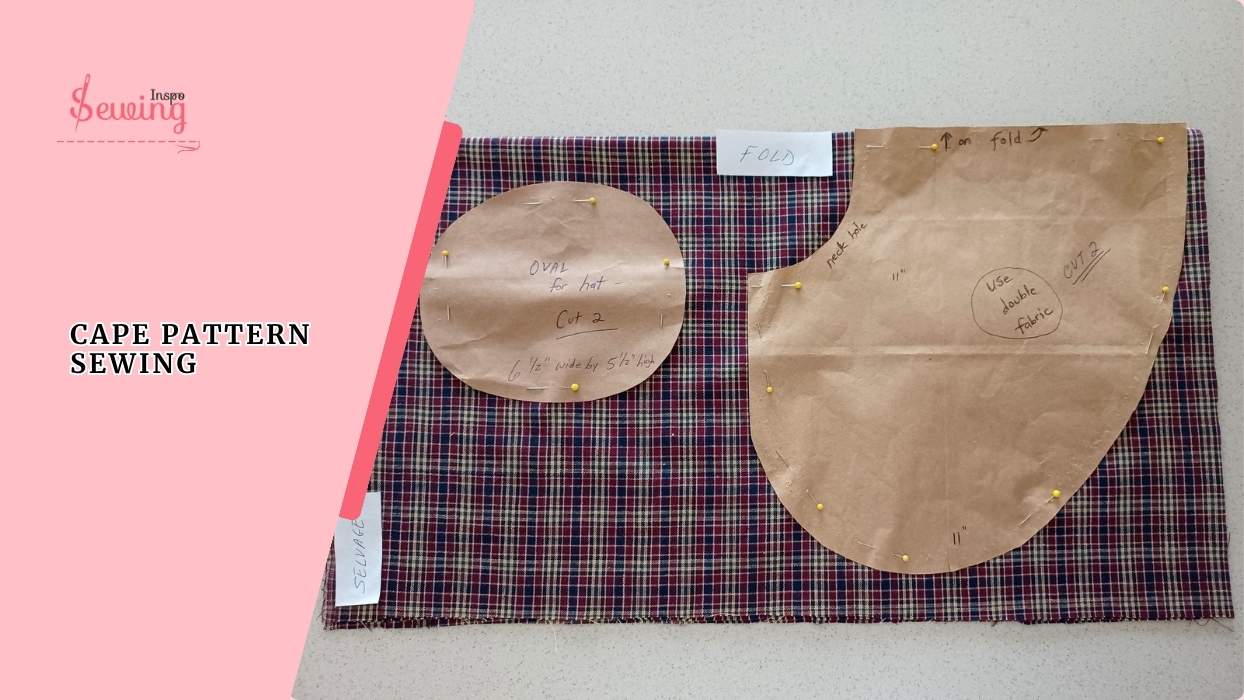
Leave a Reply